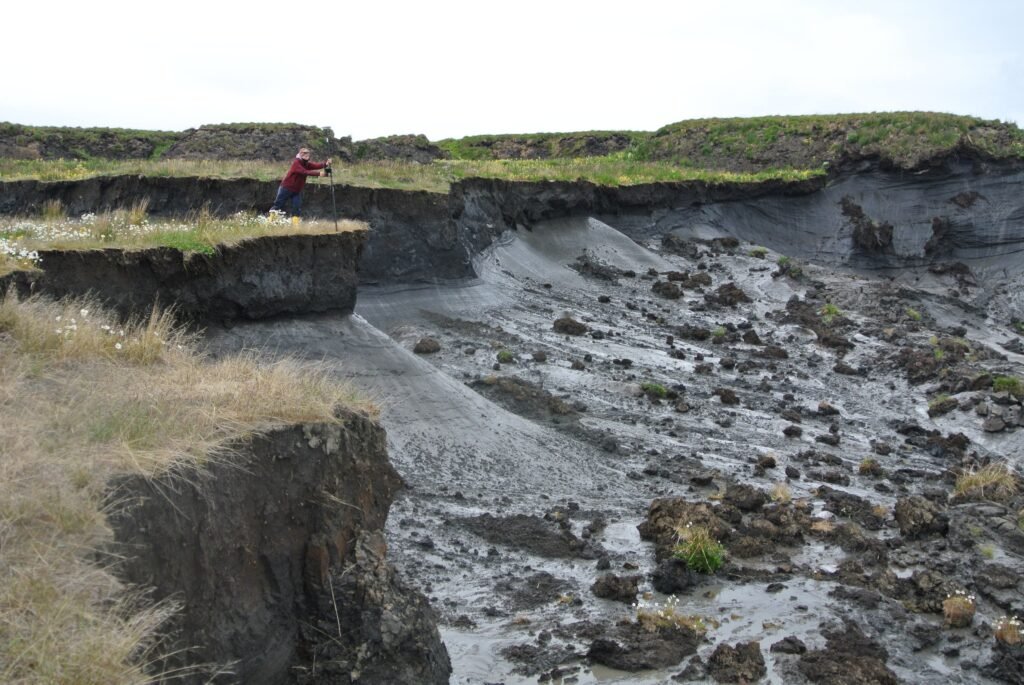Imagine a world where thousands of years of history are locked beneath the ground, preserved in a deep freeze. Now, picture that ancient vault slowly thawing, revealing secrets that could reshape our understanding of life—and our future. Permafrost, the frozen soil of the far North, is melting at an alarming rate due to climate change. With it, something astonishing and a little chilling is happening: long-dormant microbes and viruses are awakening, and scientists are racing to uncover what these microscopic time travelers might mean for us all.
The Ancient Freeze: What Is Permafrost?
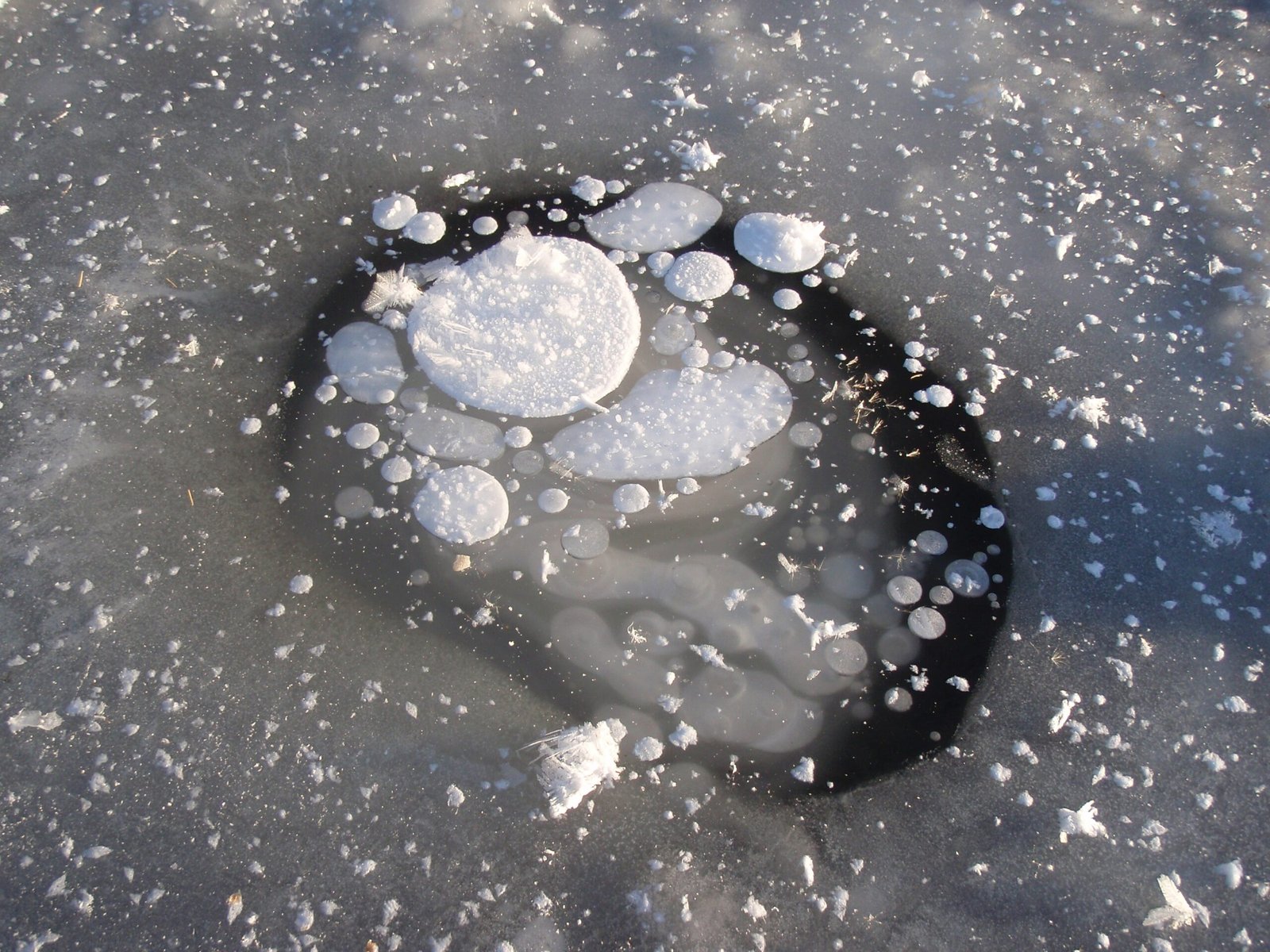
Permafrost isn’t just cold dirt—it’s a frozen layer of soil, rock, and sediment that has stayed below 0°C for at least two consecutive years. But in many parts of Siberia, Alaska, and northern Canada, permafrost has been locked in place for tens of thousands of years. This icy ground acts like a natural time capsule, preserving organic material from mammoths to ancient plants and, most intriguingly, invisible life forms such as bacteria and viruses. As global temperatures rise, permafrost is melting faster than ever, exposing these ancient relics to the modern world.
Microscopic Survivors: Life Frozen in Time

It’s almost unbelievable, but some of the microbes and viruses trapped in permafrost are tens of thousands of years old—and still alive. Scientists have revived bacteria from Siberian permafrost that are over 400,000 years old. Some viruses, too, have been woken from their icy slumber. Like a sci-fi story come to life, these tiny survivors have adapted to extreme cold, surviving in a dormant state until the thaw gives them a second chance. Their resilience inspires awe and a touch of unease, as we wonder what else might be hiding beneath the melting ice.
Zombie Viruses: Fact, Not Fiction
The term “zombie virus” might sound like something out of a horror movie, but it’s become a real scientific term for viruses that have been revived after millennia in permafrost. In recent years, researchers in Russia and France have reawakened giant viruses such as Pithovirus and Mollivirus from 30,000-year-old samples. These viruses, which do not infect humans but do infect amoebas, are reminders that ancient pathogens can survive for astonishingly long periods. The possibility that other, more dangerous viruses could also emerge is both fascinating and a little frightening.
Hidden Threats: Could Ancient Pathogens Affect Us?
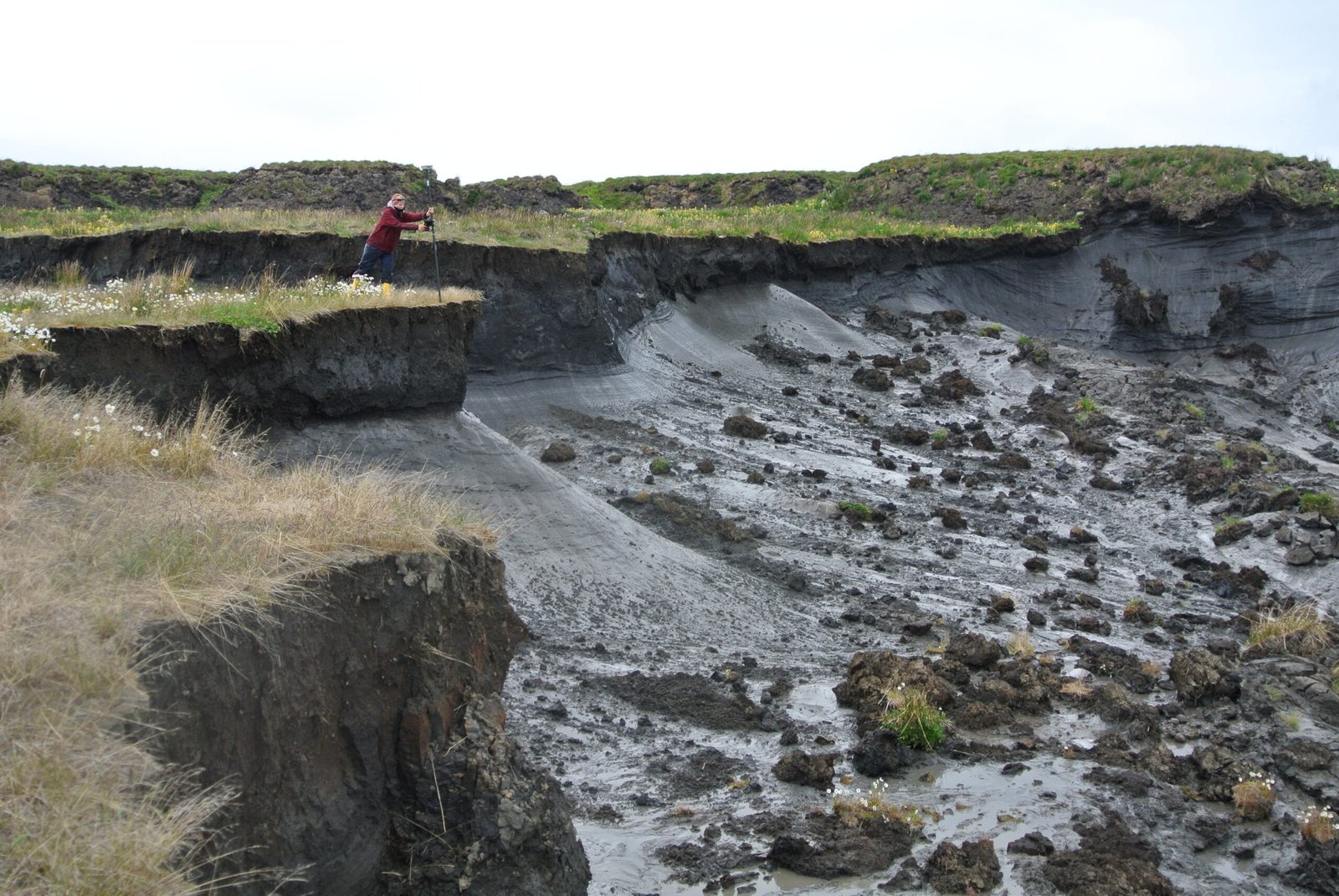
Perhaps the most gripping question is whether thawing permafrost could unleash ancient diseases that threaten humans, animals, or plants. In 2016, a deadly anthrax outbreak in Siberia was linked to a thawed reindeer carcass infected decades earlier. This incident was a stark warning that long-dormant pathogens can become active again under the right conditions. While most ancient microbes may not pose a risk to people, scientists can’t rule out the possibility that some could be harmful, especially as the thaw accelerates and more permafrost is exposed.
Unraveling Evolution: What We Can Learn from Ancient Microbes
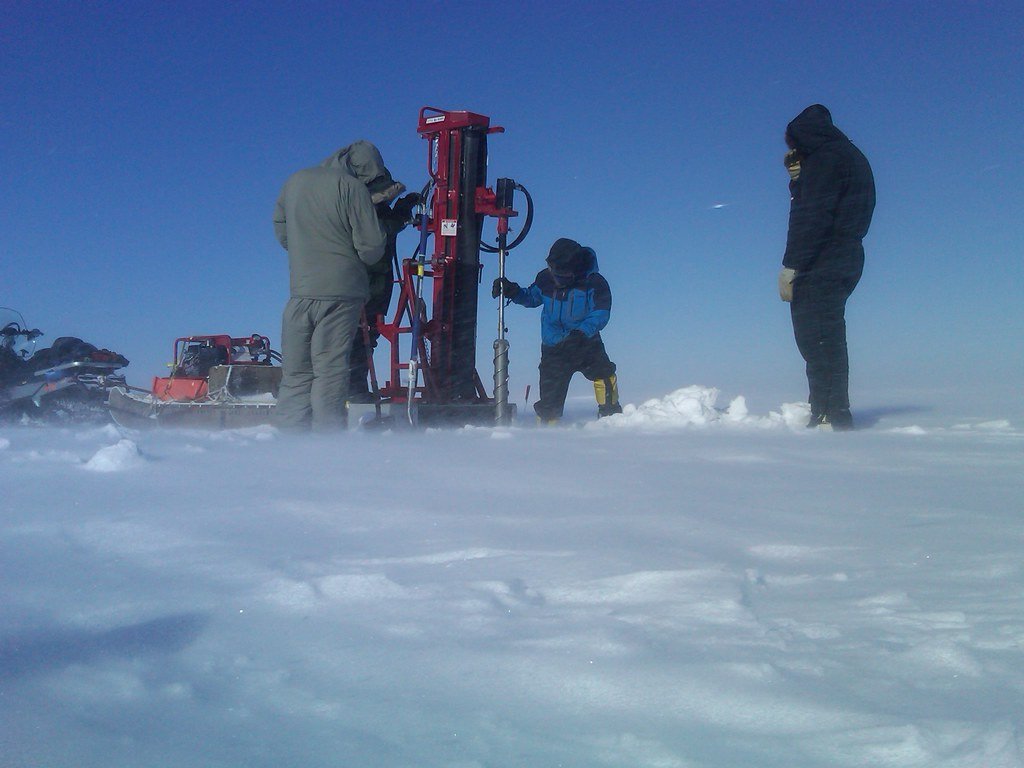
The microbes and viruses emerging from permafrost aren’t just threats—they’re also windows into the history of life on Earth. By studying their DNA, researchers gain insights into how life evolved under extreme conditions and adapted to survive for millennia. Some of these ancient life forms carry genes that are no longer found in modern relatives, offering clues about long-lost traits and evolutionary puzzles. It’s as if we’ve gained access to a living museum, where each microbe tells a story of survival and change.
The Melting Clock: How Fast Is Permafrost Thawing?
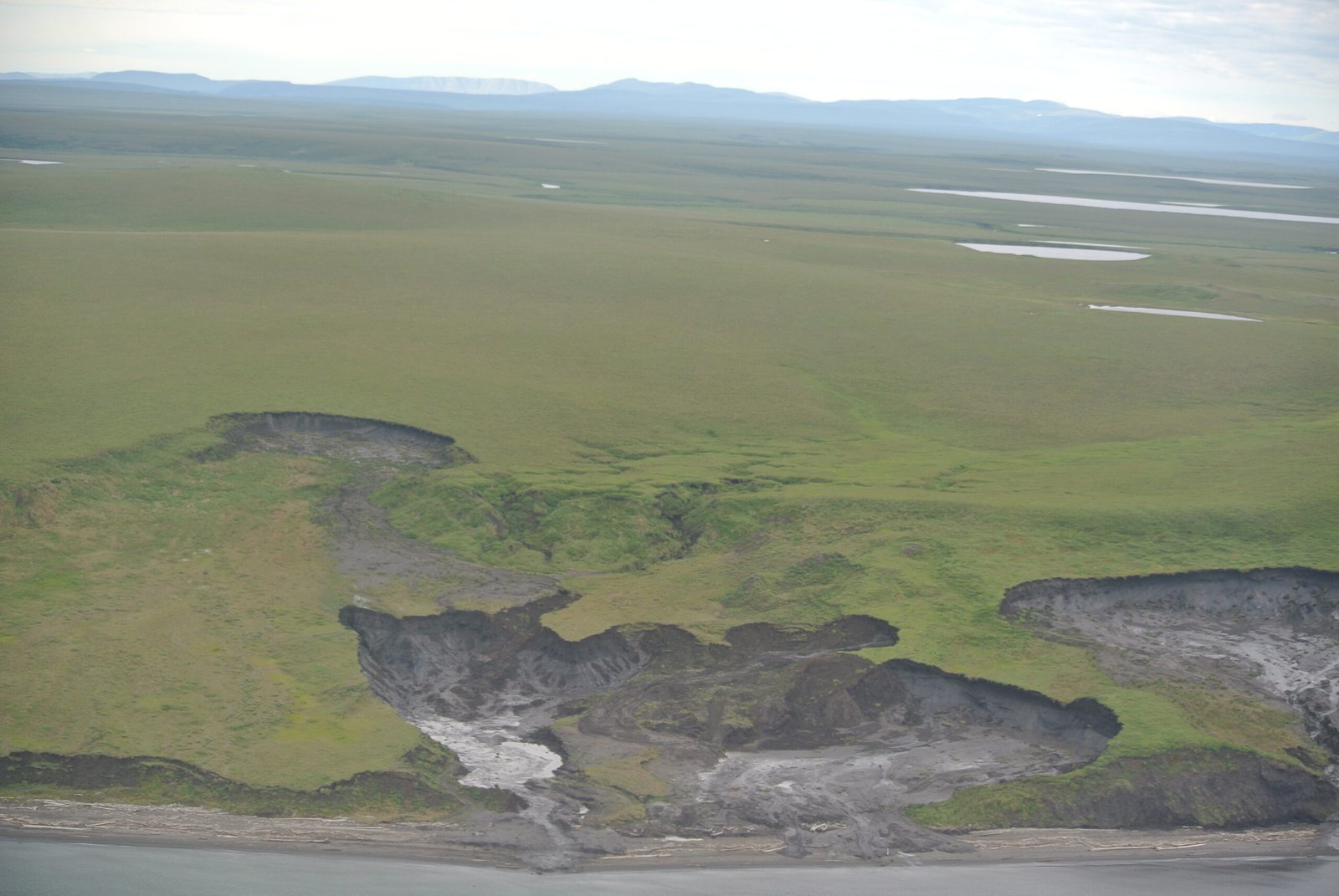
The pace at which permafrost is thawing is accelerating, driven by rising temperatures and feedback loops. In some regions, what was once solid ground is now collapsing into muddy sinkholes and lakes, releasing not only ancient microbes but also vast amounts of greenhouse gases like methane and carbon dioxide. Satellite images reveal a landscape in rapid transformation. The faster the thaw, the greater the risk that hidden life—both harmless and potentially harmful—will be released into ecosystems unprepared for their arrival.
Modern Tools for Ancient Mysteries: How Scientists Study Permafrost Life
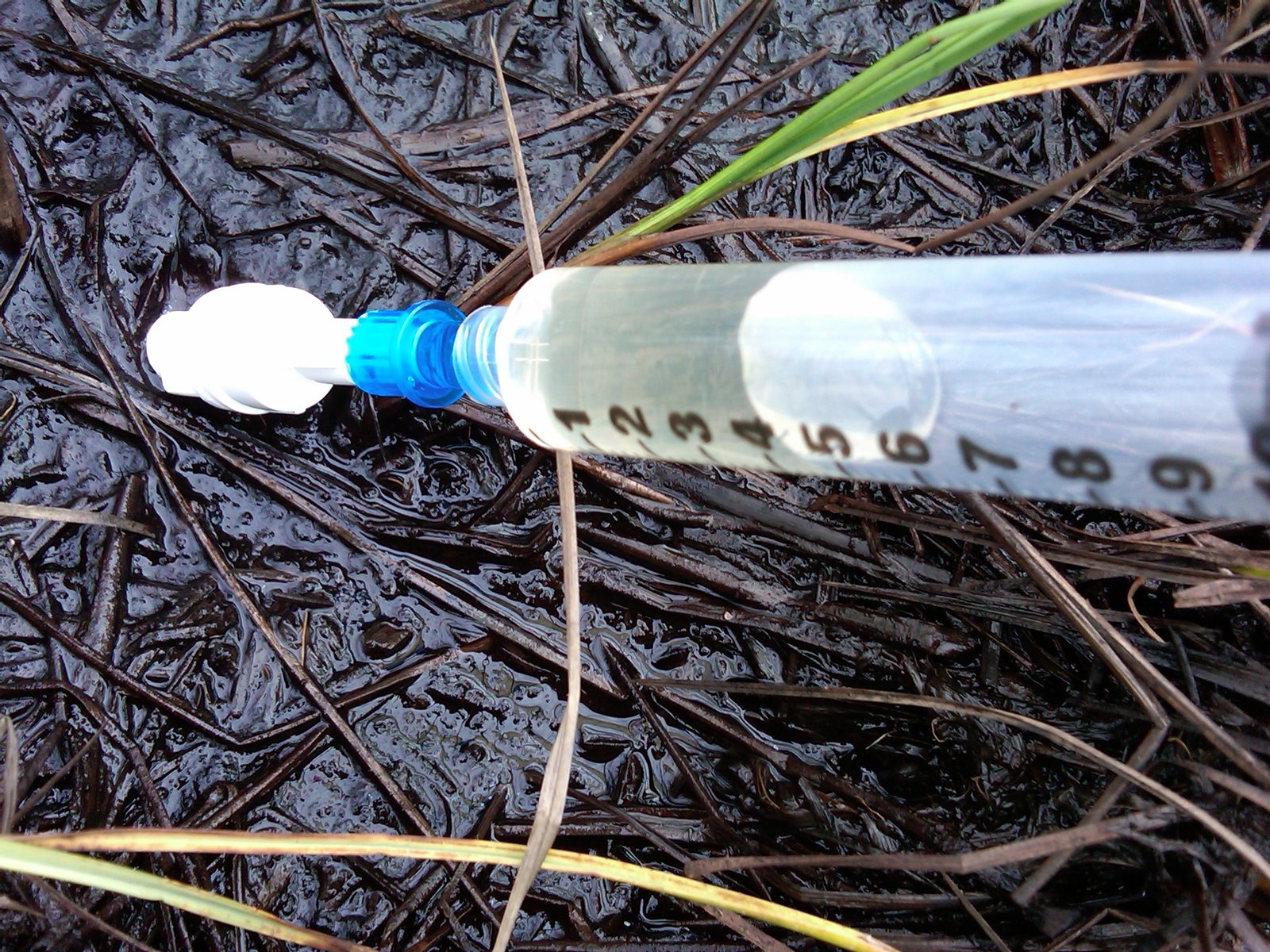
Researchers use a combination of fieldwork and laboratory science to explore permafrost’s mysteries. Teams venture into remote Arctic regions, drilling deep into the ice to collect samples. In the lab, these samples are carefully thawed and examined under strict safety protocols. Advances in DNA sequencing allow scientists to identify and reconstruct the genetic material of ancient microbes and viruses, even those that can’t be revived. This detective work is crucial for assessing risks and understanding the full diversity of life locked beneath the surface.
Climate Change: The Unintended Unlocker

Climate change is the key that’s opening the permafrost vault, whether humanity is ready or not. As global temperatures rise, the Arctic warms at twice the rate of the rest of the planet. What was once safely frozen is now exposed, and the consequences may be unpredictable. The emergence of ancient microbes isn’t just a scientific curiosity—it’s a reminder that our actions today can awaken forces from the distant past, with unknown impacts on the world we know.
Biotechnology’s Double-Edged Sword
The discovery and study of ancient microbes could also have positive impacts, especially in the world of biotechnology. Unique enzymes from cold-adapted bacteria may inspire new medicines or industrial processes. At the same time, there are ethical and safety concerns about reviving ancient life forms. How do we ensure that research doesn’t inadvertently create new risks? This is a delicate balance, and the debate continues among scientists, ethicists, and policy makers.
Guardians of the Frozen Frontier: The Role of Indigenous Knowledge
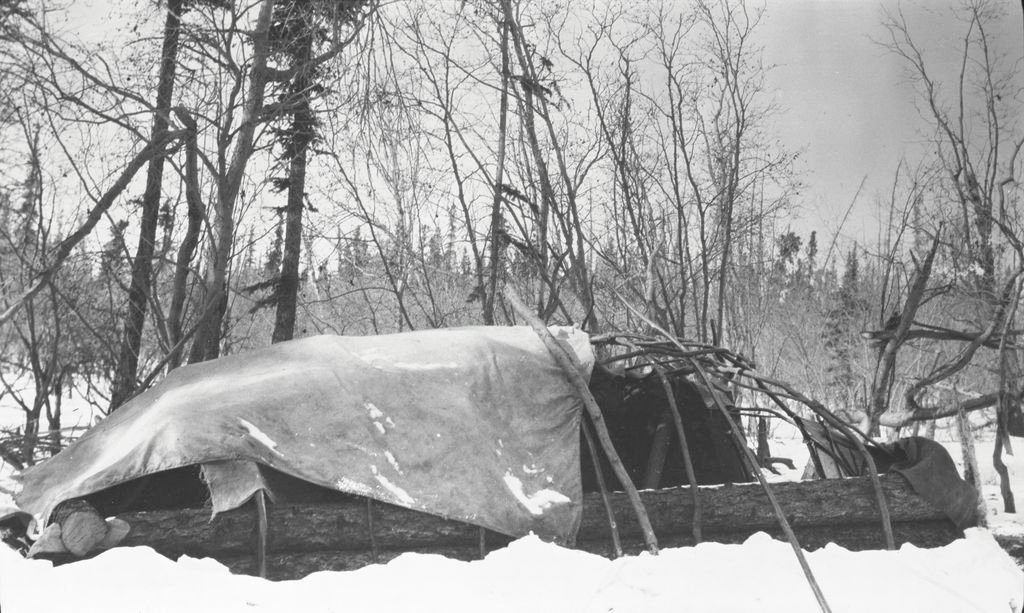
For generations, Indigenous communities across the Arctic have lived in close relationship with the land and its secrets. Their knowledge of permafrost, wildlife, and seasonal changes is invaluable for understanding and responding to the rapid transformations happening now. Collaborations between scientists and Indigenous peoples are helping to monitor changes, spot unusual outbreaks, and preserve both ecosystems and cultural heritage. In many ways, these communities are the first witnesses—and first responders—to the thawing of ancient worlds.
A New Frontier: What the Future Holds
As the permafrost melts, humanity stands at the threshold of extraordinary discoveries and unforeseen challenges. The release of ancient microbes and viruses is a dramatic example of how climate change can connect the distant past with the uncertain future. What we learn in the coming years could reshape medicine, ecology, and our relationship with the planet. Will we rise to meet this new frontier with curiosity, caution, and respect for the unknown?

